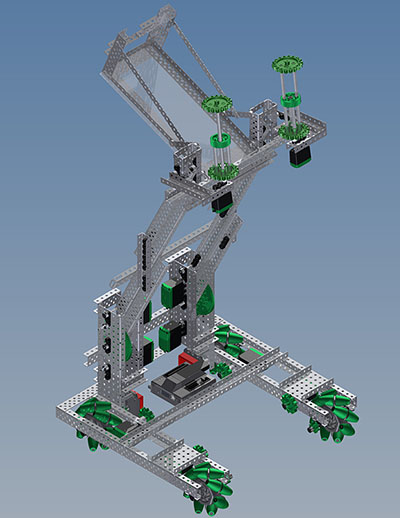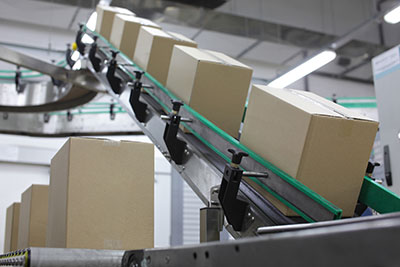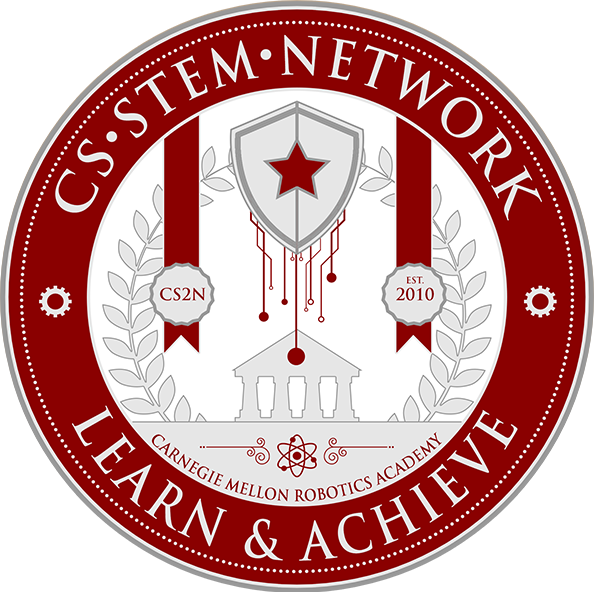Exam Prep: Transmissions and Mechanical Design (through VRC)
Review: Transmissions and Mechanical Advantage
Quiz: Motors, Transmissions, and Mechanical Advantage
Back to Overview
Exam Topics
- Understand the basics of how motors work
- Constructing a basic mechanical advantage device
Why does this matter?
In VRC, gear trains are used to provide the robot with the ability to lift objects that could be quite heavy!

In the real world, transmissions and mechanical advantages are used in all sorts of applications. For example, conveyor belts in manufacturing utilize mechanical advantage to transport objects across the factory.

Review
Motors are used to generate “spinning force” (called torque). Transmissions are assemblies that are used to deliver to deliver that force where it is needed so that it can give a machine mechanical advantage or the ability for a small force to deliver a large amount of force.
Gears are often put together to create a gear train and is used to create mechanical advantage. An example is when you have a small gear that is driving a large gear. This results in a stronger force that is slower, as opposed to a faster force that is not as strong.
Where would I see this in VRC? Gear Trains and Transmission
In VRC, you may have created a transmission for your robot that includes gears, or sprockets and chains. Or you may have used chains to create mechanical advantage to lift a load from an end effector off of your robot.
Upload a photo of how you created mechanical advantage for your robot either with a gear train or with sprockets and chains.
